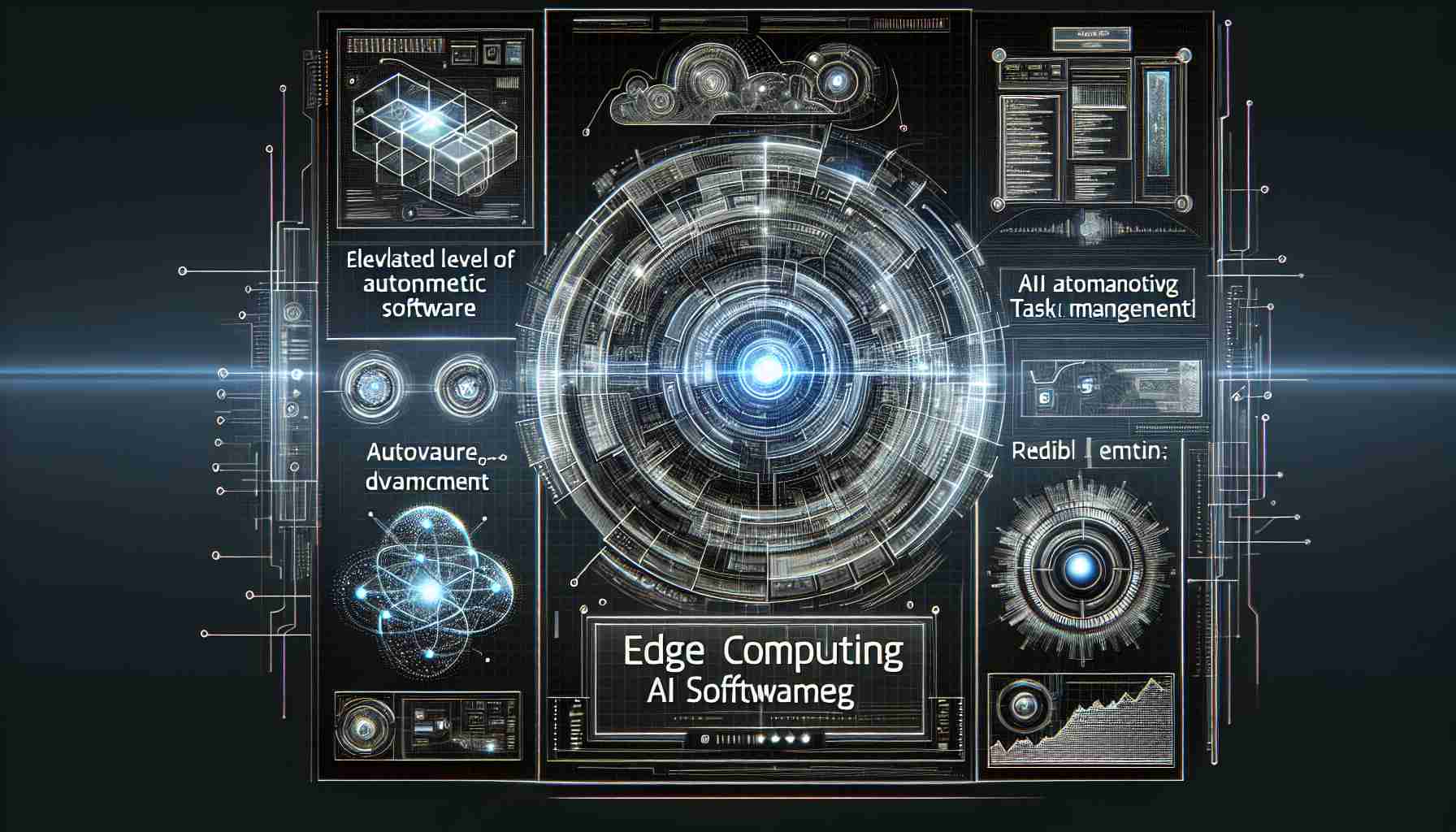InnoGrid, a prominent cloud computing company, has announced its participation in a significant tech development project. This initiative, driven by the Ministry of Science and ICT alongside the Information and Communications Technology Planning and Evaluation Institute (IITP), aims to propel the capabilities of autonomous entities by developing edge computing-based AI software.
The essence of the endeavor lies in enabling these autonomous entities to handle complex tasks more adeptly by processing information in real-time at proximity. This would address the current limitations observed in the performance of autonomous entities when dealing with multifaceted instructions.
Leveraging their extensive background in edge computing technologies, InnoGrid is set to successfully craft simulations for autonomous entities. These entities, powered by advanced AI, are currently proficient in straightforward tasks such as serving and logistics delivery. However, they struggle with complex directive integration, often requiring substantial time and resources.
As AI technology advances, the government has commenced the development of core technologies that would allow autonomous entities to operate autonomously and collaboratively in unstructured environments at a level comparable to human intelligence.
InnoGrid has a rich history of applying edge computing technology across various industries such as healthcare, transportation, construction, and energy, which has allowed the company to accumulate substantial expertise. They plan to leverage their high-level proficiency in ICT sectors like cloud computing, artificial intelligence, and big data in this project.
Having successfully completed approximately 30 government R&D projects over eight years, InnoGrid continues to be a pivotal partner in driving core ICT technology development. Last month, they secured a project to develop AI PaaS technology worth 50 billion won.
Kim Myung-jin, CEO of InnoGrid, expressed confidence that this project would serve as a catalyst for a leap forward in the domestic AI robotics market. He emphasized the company’s commitment to fostering growth in the ICT market by developing core technologies that are applicable across all industrial sectors globally.
Edge Computing and AI in Autonomous Task Management
Edge computing involves processing data near the source of data generation (at the edge of the network) rather than relying solely on centralized data centers. By combining AI and edge computing, systems can make informed decisions locally and in real-time, which is crucial for the management of autonomous tasks. This approach offers numerous advantages for autonomous systems, from drones to self-driving cars, by reducing latency, bandwidth usage, and improving response times.
Important Questions Regarding Edge Computing AI Software Advancement
1. What are the specific challenges in developing edge computing AI software for autonomous entities?
Creating software robust enough to process complex data on the edge, ensuring data privacy and security, and managing the integration and interoperability with various devices and platforms are some of the challenges.
2. How are advancements in edge computing AI influencing various industries?
Industries like healthcare benefit from improved remote monitoring and diagnostics. Transportation is seeing strides in autonomous vehicles and traffic management, while sectors like manufacturing utilize it for predictive maintenance and operational efficiency.
3. What is the role of government and institutions in the advancement of edge computing AI technologies?
Governments and institutions typically fund research, set regulatory frameworks, and facilitate collaborations between academia and industry to foster innovation and development in technologies like edge computing and AI.
Key Challenges and Controversies
One challenge lies in the interoperability of various edge devices and platforms, which can hinder seamless data exchange and processing. Additionally, with increased data processing at the edge, security concerns amplify, as each device becomes a potential entry point for attacks.
Another controversy involves the impact of autonomous systems on employment, as AI-driven solutions might replace jobs in certain fields. Ethical considerations around decision-making by autonomous entities also raise debates about the extent to which AI should be entrusted with autonomy.
Advantages and Disadvantages
Advantages:
– Reduced latency: By processing data closer to the source, edge AI systems can react more quickly to real-time situations.
– Bandwidth optimization: By minimizing the amount of data that needs to be sent to central servers, edge computing AI saves network bandwidth.
– Enhanced privacy and security: Local data processing can potentially reduce the risk of data breaches associated with transmitting sensitive information to the cloud.
Disadvantages:
– Complexity: The deployment and management of AI at the edge can be complex due to the variety of devices and platforms.
– Security risks: Edge devices can be more vulnerable to attacks if not properly secured, as each device serves as a potential attack pathway.
– Cost: Initial costs for setting up edge computing infrastructure can be significant, although it may save costs in the long run.
For more information on the latest trends and developments in edge computing and AI, you may refer to the following domains by using the suggested format for linking:
– IBM
– Intel
– Nvidia
These links lead to companies that are deeply involved in the development and application of edge computing and AI technologies. Each company has resources that may further elucidate the topics discussed in this overview.
The source of the article is from the blog qhubo.com.ni

